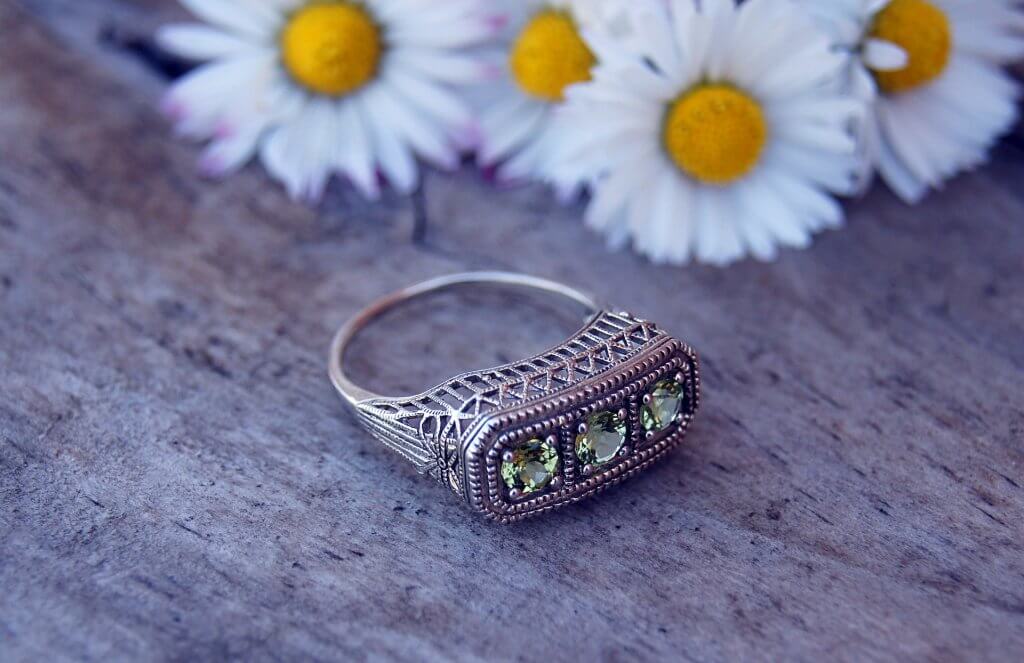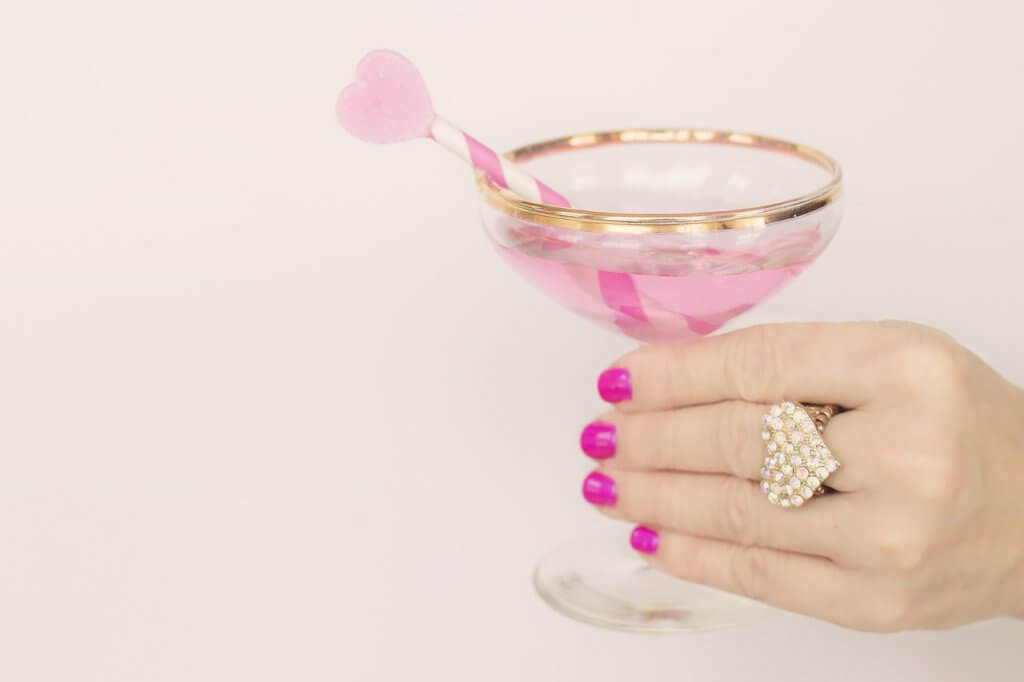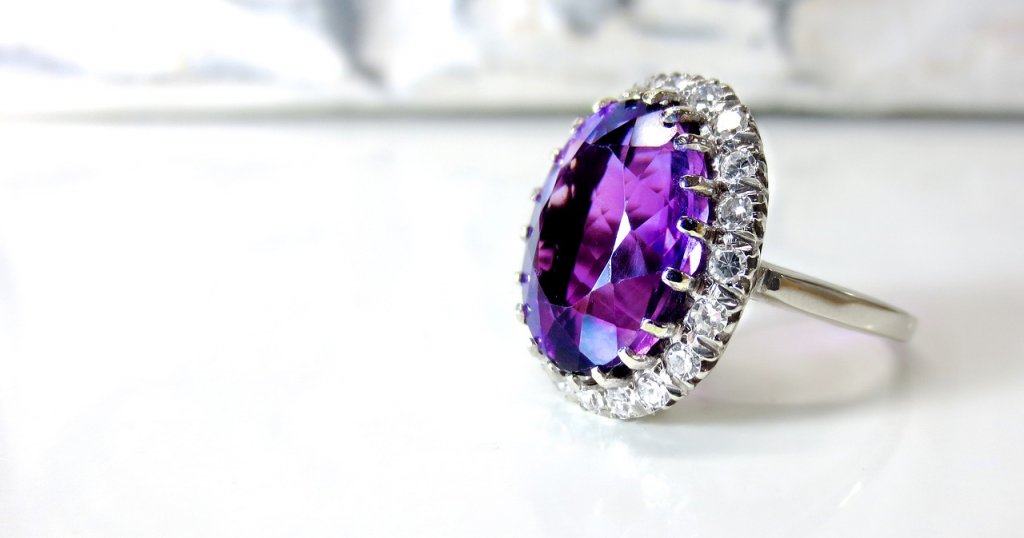Thank you to our Guest Contributor Nicole Etolen for this wonderful article. Nicole is a writer and editor at Love You Wedding, a site dedicated to helping LGBTQ couples plan the wedding of their dreams.
Whether you’re on a budget and can’t quite swing the cost of a new ring or you just love the idea of a ring with a story, vintage engagement rings are a beautiful alternative to traditional brand-new diamond settings from a jewelry store. When you consider that a vintage piece has already proven it can stand the test of time, it’s easy to understand why more and more couples are turning to the past to find the perfect piece to represent their future.
Of course, buying a vintage engagement ring isn’t as easy as, say, buying a great vintage purse or pair of jeans. You’ll need to put as much effort into choosing the right one as you would if you were shopping at Tiffany’s for a brand-new ring. Read on for tips on how to shop for vintage engagement rings that truly will last a lifetime.

Choose an era that appeals to you…
Since “vintage” loosely applies to pretty much any ring made before around the turn of the millennium (“vintage” is typically anything at least 10 years old, although experts will tell you that anything beyond 100 years old is technically an antique), your very first step is deciding what era really speaks to you as a couple.
For example, if The Great Gatsby is your favorite novel and you adore all things glitz and glam, you may want to choose a ring from the 1920s. On the other hand, if you’re a same-sex couple looking for the perfect lesbian engagement rings to give each other, you may pick a ring from 1942, when the first LGBT movement began.
Define your style…
Once you’ve narrowed your dream ring down to an era, it’s time to decide on a style. It’s not enough to say, “I want a ring from the 50s!” Just like we have countless designs and styles today, our grandparents (or great, great-great, you get the idea) had plenty of options from which to choose as well. Narrow down your hunt by searching for “popular engagement ring trends in the 1950s.” Of course, you’ll replace 1950s with your chosen era.

Decide between true vintage and vintage-inspired…
Depending on the era and style you choose, your budget may play a huge role in making this decision for you. For example, if you have your heart set on a Victorian-era ring but you’re working with a Depression-era budget, you may need to settle for vintage-inspired versus true vintage. If you go with the right designer, though, no one except you (and your betrothed) has to know the truth.
While a vintage-inspired ring may not hold the same history as one that’s really from the Victorian era, the design itself still tells a wonderful story, so there’s no shame in opting for a knockoff. If you do decide to go with the real thing, though, you’ll want to pay close attention to the next tip.
Determine your commitment…
No, I don’t mean your commitment to each other, although that’s definitely important. I mean your commitment to your ring! Remember, the more “vintage” it is, the more care you’ll have to put into keeping it in great shape. For example, as vintage jewelry specialist Elizabeth Doyle explains, Victorian rings were fairly sturdy, but their diamonds tend to be loose in the settings, while Georgian era rings aren’t made to withstand moisture. In other words, you can’t really shower or do the dishes while wearing them. If you live an active lifestyle, you may want to consider a ring from a more modern era, otherwise you’ll spend more time leaving it in a dish at home than wearing it.

Enlist expert help…
When you shop for a new diamond ring at a jeweler, you rely on a knowledgeable salesperson to help you choose the perfect cut & setting. Shopping for vintage engagement rings should be no different. In fact, it’s even more important because it’s easy to get duped by knockoffs. Find a jeweler, historian, or antiques dealer that specializes in vintage rings. Even better, find one that focuses entirely on your chosen era.
Learn the story behind the ring…
If you’re not superstitious and don’t really care about the back story behind your ring, you can safely skip this tip. On the other hand, if you’re even a teeny bit superstitious, you’ll want to know where your ring came from. No one wants to wear a diamond that graced the finger of a jilted bride who met a tragic end at the hand of her lover, after all. While it may be impossible to find out the story behind every ring you consider, if you can trace the provenance, it’ll give you a pretty good clue.
Pay attention to the paperwork…
Speaking of provenance, you’ll definitely want to make sure your ring comes with the right documentation, especially if you’re going with a very old piece. This fancy term used by antique dealers refers to the paperwork trail that tells you not only who owned your ring throughout its history but whether or not it’s even legally sellable. While provenance isn’t always totally reliable and not every ring will come with proper documentation, it’s a good idea to make every effort possible to obtain it.
Get it appraised and insured…
Your last step before popping that ring on your finger is to get it appraised and insured. Yes, your vintage ring is irreplaceable. Still, if something does happen to it, at least you’ll be able to recoup the money that you put into it, even if you’re out all the time you spent on research.
Shopping for a vintage engagement ring is definitely a bit more involved than just going into a jewelry store and choosing a new diamond setting, but it’s totally worth it! Plus, you’ll have your “something old” out of the way before you even begin planning your wedding.
About the Author: Nicole Etolen is a writer and editor at Love You Wedding, a site dedicated to helping LGBTQ couples plan the wedding of their dreams.
